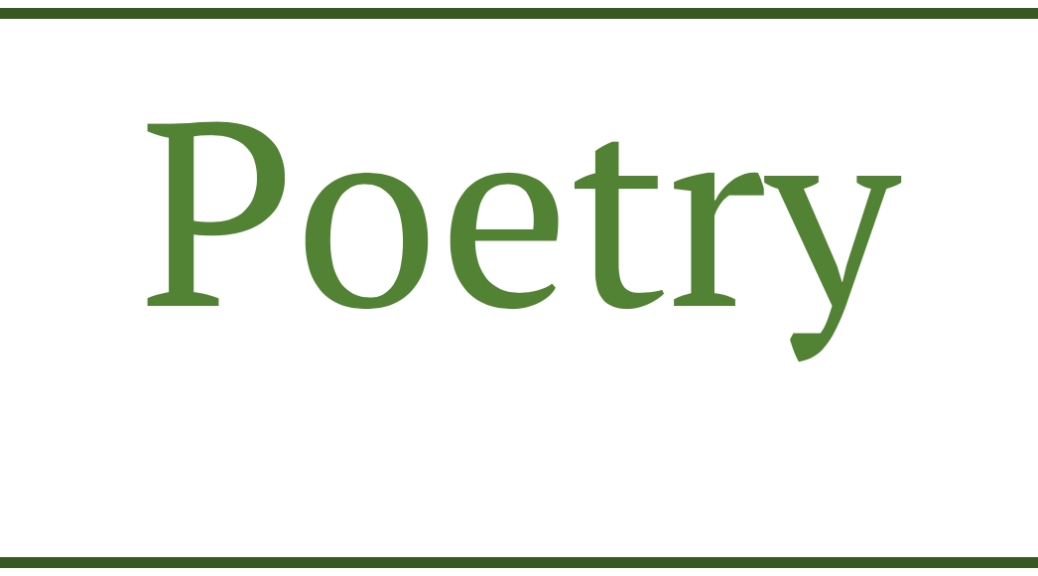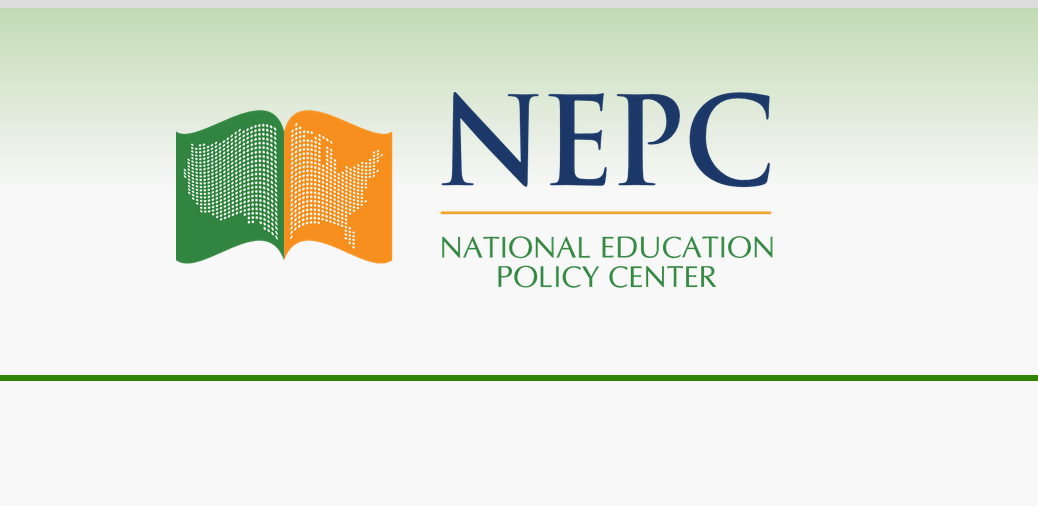gather your intimates
while you can
days are short
(all of them)
time is relent
less
—P.L. Thomas
“Learning from the 60s,” Audre Lourde (1982)
“Learning from the 60s,” Audre Lourde (1982)
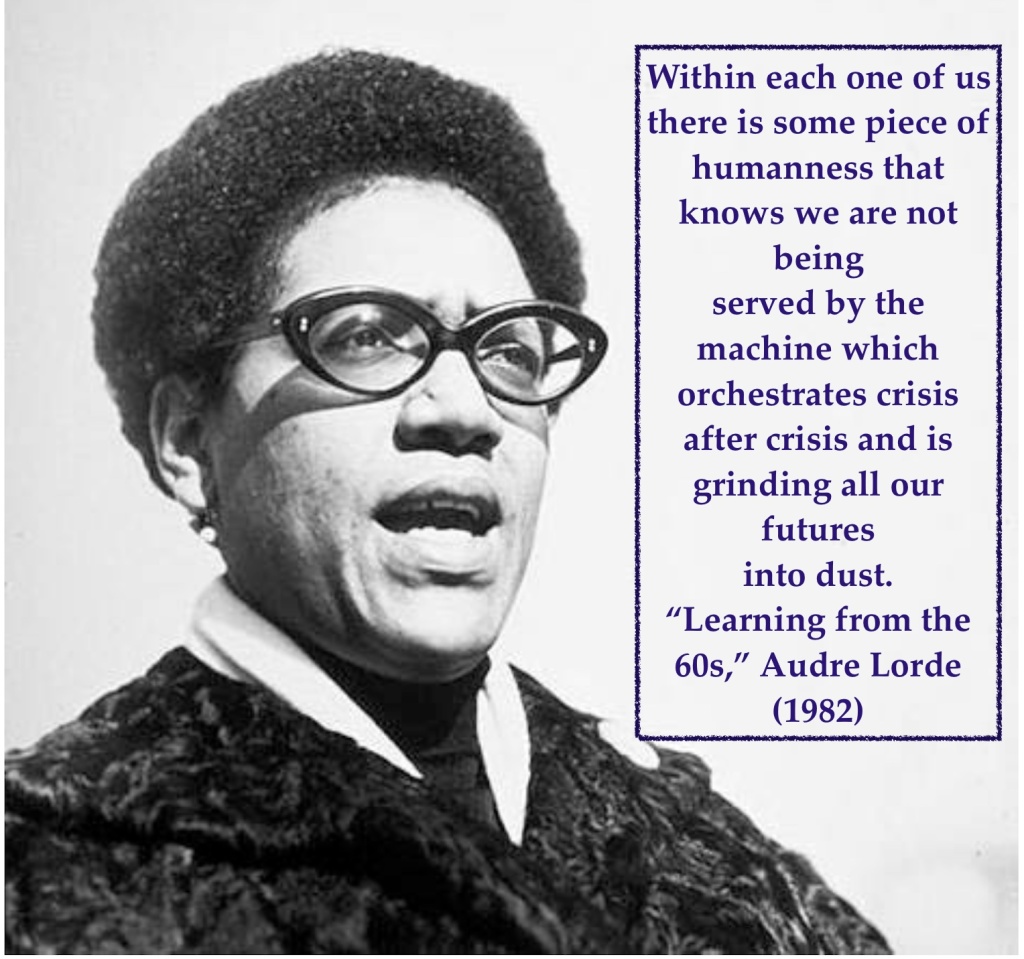
Poem: the lithe
the lithe
survived
us
a
l
l
bending
over
sdrawkcab
you
see
proved
to be
a survival
s
k
i
l
l
—P.L. Thomas
NEPC: Are Science of Reading Laws Based on Science?
[Reposted by permission from NEPC]
What’s scientific about the “science of reading?”
Not much, according to NEPC Fellow Elena Aydarova of the University of Wisconsin-Madison, as explained in a recent article published in the peer-refereed Harvard Educational Review. In fact, she warns that legislators are using science-of-reading legislation to distract from more serious approaches to addressing students’ needs.
Using an “anthropology of policy approach,” Aydarova zeroes in on legislative debates surrounding science of reading (SOR) reforms that have swept the nation in the past half decade. As of July 2022, 29 states and the District of Columbia had adopted this approach, Aydarova writes.
Aydarova closely examines Tennessee’s Literacy Success Act (LSA). She analyses videos of legislative meetings and debates, stakeholder interviews, and examinations of bills, policy reports, media coverage, and other documents associated with the LSA, which was passed in 2021.
This SOR bill was first introduced in 2020. As the bill underwent revisions, the phrase “science of reading” was substituted with “foundational literacy skills” to describe the same content: “Across contexts and artifacts produced by various actors, the meanings of ‘science of reading’ shifted and were frequently replaced with new signs, such as ‘foundational literacy skills,’ ‘phonics,’ and others.”
Aydarova finds little evidence that advocates, intermediaries, or legislators grounded their support in anything resembling scientific evidence. Instead, “science of reading” becomes a catch-all phrase representing a grab bag of priorities and beliefs: “[I]n advocates’ testimonies and in legislative deliberations, neuroscience as SOR’s foundational element was reduced to vague references to ‘brain’ and was often accompanied by casual excuses that speakers did not know what ‘it all’ meant.”
Motivations for supporting SOR reforms range from commercial to ideological. For instance, Aydarova notes that after the passage of The Literacy Success Act in 2021, nearly half of Tennessee’s school districts adopted curricula promoted by the Knowledge Matters Campaign. This campaign, supported by curriculum companies such as Amplify and wealthy backers such as the Charles Koch Foundation, added SOR wording to its marketing effort as the curriculum it had originally supported fell out of favor due to its association with Common Core State Standards, which had become politically unpopular in many states.
As the SOR bill reached the legislative floor, “science” was rarely mentioned.
“The link to science disappeared, and instead the sign shifted toward tradition rooted in these politicians’ own past experiences,” Aydarova writes. “During final deliberations, legislators shared that they knew phonics worked because they had learned to read with its help themselves.”
Concerningly, the bill’s supporters also positioned it as “a substitution for investing in communities and creating the safety nets that were necessary for families to climb out of poverty.”
For instance, legislators dismissed as “state over-reach” proposals that would have expanded access to early education or placed more social workers in schools in underserved communities. Yet they “emphasized the importance of proposing legislation to reform reading instruction to solve other social issues,” such as incarceration, impoverishment, and unemployment. Aydarova writes:
Based on artificial causality—poverty and imprisonment rates would decline if phonics was used for reading instruction—these reforms naturalized the widening socioeconomic inequities and depoliticized social conditions of precarity that contribute to growing prison populations. Through these material substitutions, the SOR legislation promised students and their communities freedom, and robbed them of it at the same time.
In the end, Aydarova finds that, “Science has little bearing on what is proposed or discussed, despite various policy actors’ claims to the contrary. Instead, SOR myths link tradition, curriculum products, and divestment from social safety nets.”
NEPC Resources on Education Policy and Policymaking ->
See Also
Cautionary Tales of State Reading Legislation: Tennessee
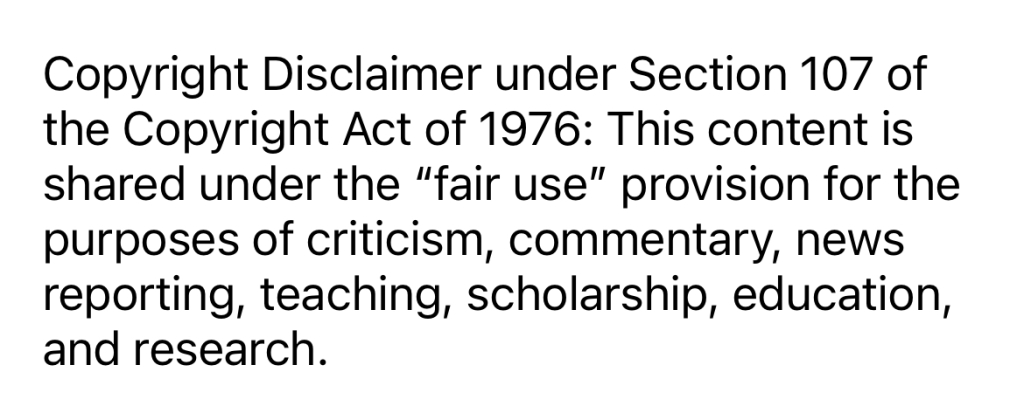
Republish: Phonics isn’t working – for children’s reading to improve, they need to learn to love stories, The Conversation
Willem Hollmann, Lancaster University; Cathie Wallace, UCL, and Gee Macrory, Manchester Metropolitan University
Government data has shown that in 2022-23, 30% of five-year-olds in England were not meeting the expected standard for literacy at the end of their reception year at school. Literacy was the area of learning in which the lowest proportion of children reached the target level.
Now, recent research from think tank Pro Bono Economics has found that this lack of early reading skills could result in a £830 million cost to the economy for each year group over their lifetimes.
A 2023 report from the National Literacy Trust found that less than half of children aged eight to 18 say they enjoy reading. Enjoyment is at its lowest level since 2005. Part of learning to read should be learning to love books – and enjoyment in reading is linked to higher achievement. If children don’t like reading, how we teach it to them isn’t working.
Our view, as academic linguists, is that part of the reason why so many children do not experience joy in reading is the excessive focus on synthetic phonics in early education.
Synthetic phonics teaches reading by guiding children to decode words by linking letters (graphemes) to their corresponding sounds (phonemes). For instance, children are taught that the letter “g” corresponds to the initial sound in “get”.
Synthetic phonics is often referred to in everyday language simply as “phonics”. That is useful shorthand but technically speaking “phonics” is a broader term, which refers to all methods of teaching reading that emphasise relations between letters and sounds. Phonics, in this broader sense, also includes analytic phonics, for example. But in analytic phonics whole words are analysed, with the pronunciation of individual letters and groups of letters deduced from that – not the other way around.
Synthetic phonics has always played a role in teaching children how to read, alongside other methods. However, following recommendations by former headteacher and Ofsted Chief Inspector Sir Jim Rose in 2006, it rapidly became the main approach in England, more so than in other Anglophone nations.
The government has pointed to England’s high ranking in the comparative Progress in International Reading Study (PIRLS) as evidence that phonics is working. Unfortunately, other research does not support this narrative around synthetic phonics and literacy.
Another international comparison of student achievement, PISA (Programme for International Student Assessment), looks at 15-year-olds. Here, UK students’ performance in reading was at its highest in 2000, before the heavy emphasis on phonics. Children in the Republic of Ireland and Canada, where synthetic phonics isn’t as central, outperform their British peers in reading.
And in general, England’s PIRLS scores – as well as other data – show that achievement in reading has stayed fairly stable since 2001, rather than showing the improvement that might be expected if phonics was indeed so effective.
Processing language
In synthetic phonics, children do not focus on texts or even paragraphs or sentences. Instead, they process language word by word, letter by letter. An extreme but real example of this is when they are asked to read word lists that even include nonsense words, such as “stroft” or “quoop”. The goal here isn’t to expand vocabulary but to practice blending letter sounds, turning each word into a challenging task.
Children are also given “decodable books”, intended to help them practice a few specific sounds. A genuine example of a story designed to make children practice just eight phonemes, starts as follows: “Tim taps it. Sam sits in. Tim nips in. Sam tips it.” Many of these artificial sentences sound unlike anything children would ever hear or read in a real-life context.
To be fair, the images in this decodable book make it clear that Tim taps the door of a house, that Sam sits inside that house, and so on. But it’s difficult to imagine that children’s attention will be captured by these stories – it certainly wasn’t in the case of one of us, Willem’s, own children.
This is not a good start if we wish to encourage kids to read for pleasure, as the National Curriculum rightly suggests we should.
Educational researchers have argued that the government’s focus on synthetic phonics is not warranted by the research literature. And the relation between sounds and spelling in English is devilishly difficult compared to many other languages, such as Spanish or Polish. For instance, “g” sounds very different in “gel” than it does in “get”. This makes exceedingly high reliance on synthetic phonics a poor decision to begin with.
Broader comprehension
There are alternatives to England’s focus on synthetic phonics. In the Republic of Ireland and Canada, for instance, phonics is integrated into an approach that emphasises reading whole texts and includes strategies other than just synthetic phonics. Children are taught to consider the wider context to look for meaning and identify words.
Take the sentence “Sam sits in his house”. A child may not have learnt the sound corresponding to “ou” and not been taught that an “e” at the end of a word isn’t always pronounced. But if they have genuinely understood the preceding sentences in the story, they have a good chance of figuring out that the word is “house” knowing that Tim has just knocked on a front door and that Sam must sit inside something.
And we know from a study that has examined the findings of many research papers that a phonics-led approach is less effective than one that focuses on comprehension more broadly, by getting children to engage with the text and images in different ways.
We believe the government’s plan for literacy isn’t working. Focusing on stories that children like to read would be a better place to start.
Willem Hollmann, Professor of Linguistics, Lancaster University; Cathie Wallace, Emeritus Professor, Institute of Education, UCL, and Gee Macrory, Visiting Scholar in Education, Manchester Metropolitan University
This article is republished from The Conversation under a Creative Commons license. Read the original article.
Almost Stories
[Header Photo by George Lemon on Unsplash]
Almost Story 1: Merry Christmas
Joak watched Aleez waiting for the school bus for the entire first week of school. The mornings were dark and cold.
Although Aleez stood stoically, Joak imagined she was freezing, under-dressed. He found himself later in the days imagining her nose and hands frigid.
Joak and Aleez had never spoken, but he knew her name because on the first day of class the teacher had pronounced exactly two names wrong—hers and his—while calling the roll.
That teacher had also made it abundantly clear that their names, or at least the pronunciation of their names, had been a personal affront to that teacher.
The first morning of the second week, Joak had bought a blanket over the weekend. He handed it to Aleez without a word. She kept her hands still at her sides, but looked him intently in the eyes.
After a few awkward moments with the blanket extended, Joak said, “Merry Christmas.” Immediately, he felt stupid; it was a joke his father had often used although their family never celebrated Christmas.
“We don’t do Christmas,” she said softly. She took the blanket, wrapped it around her shoulders, and then, looked away.
Almost Story 2: Expiration Date
Neither of them said it, but what turned out to be a first date was at the apartment pool.
Because he had spent his teen years as a lifeguard, he hated pools, and even swimming. But that wasn’t the worst of it.
This not-a-first-date first date would be in partial clothing, swimwear. Which he also hated. A sort of low self-esteem reflex. He also felt a certain level of anxiety that she too would be in swimwear.
None of that would eventually matter. All of that was quickly erased when he glanced down and noticed her tattoo, small text across her left rib cage: “Best Before 12/05/1994.”
Before he could speak, and as he raised his gaze to meet her eyes, he couldn’t tell in the sunshine and heat if she were blushing, but she immediately knew he read the tattoo and said: “Yep. Expiration date. Day I turn 30.”
Another Cautionary Tale of Education Reform: “Improving teaching quality to compensate for socio-economic disadvantages: A study of research dissemination across secondary schools in England”
Linked in her article for The Conversation is Sally Riordan’s “Improving teaching quality to compensate for socio-economic disadvantages: A study of research dissemination across secondary schools in England.”
This analysis is another powerful cautionary tale about education reform, notably the “science of reading” (SOR) movement sweeping across the US, mostly unchecked.
As I do a close reading of Riordan’s study, you should also note that the foundational failure of the SOR movement driving new and reformed reading legislation in states is that the main claims of the movement are dramatically oversimplified or misleading. I strongly recommend reviewing how these SOR claims are contradicted by a full examination of the research and science currently available on reading acquisition and teaching: Recommended: Fact-checking the Science of Reading, Rob Tierney and P David Pearson.
This close reading is intended to inform directly how and why SOR-based reading legislation is not only misguided but likely causing harm, notably as Riordan addresses, to the most vulnerable populations of students that education reform is often targeting.
First, here is an overview of Riordan’s study:
Similar to public, political, and educator beliefs in the US, “QFT [quality first teaching] is a commonly held belief amongst school staff” in the UK, Riordan found. In other words, despite evidence that student achievement is overwhelmingly linked to out-of-school factors, teacher quality and instructional practices are often the primary if not exclusive levers of education reform designed to closed so-called achievement gaps due to economic inequities.
This belief, however, comes with many problems:
Riordan’s analysis is incredibly important in terms of how the SOR movement and overly simplistic messaging (see Tierney and Pearson) have been translated into reductive legislation, adopting scripted curriculum, and banning or mandating practices that are not, in fact, supported by science or research.
Riordan identifies bureaucracy and simplistic messaging as the sources of implementation failure:
Nonetheless, “[t]his explicit demand [belief in QFT] is an example of the growing pressure on education practitioners to ensure their practices are supported by evidence (of many kinds),” Riordan explains, adding, “School staff believe that high-quality teaching reduces SED attainment gaps and that their belief is backed by research evidence.”
The research/science-to-instruction dynamic is often characterized by narrow citations or cherry-picking evidence: “Because school leaders cited the same references to research evidence to justify very different policies and practices, I conducted a review of the literature that led to these citations.”
One key problem is that while the evidence base may be narrow and “[a]lthough there is agreement that high-quality teaching is important to tackle SED, principles of QFT are nevertheless being implemented in a myriad of ways across secondary schools in England.”
In the US, many scholars have noted that the SOR movement uses “science” rhetoric but depends on anecdotes for evidence; and, in the UK:
Although many school staff (and particularly school leaders) are aware of the EEF resources and believe that there is evidence supporting principles of QFT, no interviewee described this evidence in any further detail. When asked why QFT works, staff reasoned intuitively. The line of reasoning that can be reconstructed from their replies is independent of the research evidence.
…This intuitive argument, reasoned by school staff, is limited but I do not challenge its validity. The main point here is that this line of reasoning does not reflect the research evidence (which is described in detail below ‘The weakness of the evidence for QFT’). It is not the strength of the evidence base that has convinced school leaders to implement QFT practices. This highlights the importance of the psychological aspects of bringing research evidence to bear on practice. It also raises the possibility that a message was disseminated that was already widely believed. I turn to this bureaucratic concern next.
Improving teaching quality to compensate for socio-economic disadvantages: A study of research dissemination across secondary schools in England
That intuitive urge, again, however, is linked to limited evidence: “Just five studies are being relied upon to disseminate the message that high-quality teaching is the most effective way to reduce SED attainment gaps.”
What may also be driving a misguided reform paradigm is convenience, or a lack of political imagination:
Evidence- or science-based reform, then, tends to be reduced to a “sham” (consider the misleading “miracle” rhetoric around Mississippi, also addressed in Tierney and Pearson):
The unintended consequence is a “misdirection of energy and time of school staff” driven by “pressure to conform to the policies promoted.”
Key to recognize is Riordan identifies that QFT reforms not only fail to close gaps but also cause harm: Some “attempts to improve the quality of teaching are contributing to a large attainment gap,” including: “It is by turning to a more refined measure of SED that we find evidence that the school’s innovations in teaching and learning over the last five years have benefitted its most affluent students most of all.”
Riordan’s conclusion is important and damning:
It has reviewed the wider picture in which school leaders are choosing to implement (or at least justifying the implementation of) particular practices based on a generic message instead of the specific research supporting those practices. The problem here is that the mechanisms operating to connect research with practice are too crude to acknowledge the richness and messiness of social science research. The message, ‘high-quality teaching is the most effective way to support students facing SED’, is too simple to be meaningful.
Improving teaching quality to compensate for socio-economic disadvantages: A study of research dissemination across secondary schools in England
For the US, education reform broadly and the SOR movement can also be described as grounded in messages that are “too simple to be meaningful” and thus too simple to be effective and even likely to be harmful.
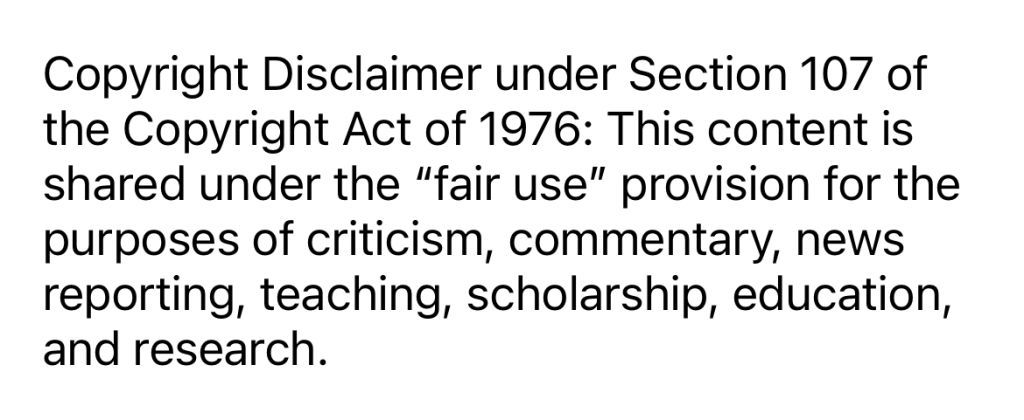
Republish: Schools are using research to try to improve children’s learning – but it’s not working (The Conversation)
[Note: Follow links to research cited and note the recommended links after the republished article.]
Senior Research Fellow in the Centre for Teachers and Teaching Research, UCL
2 April 2024
Evidence is obviously a good thing. We take it for granted that evidence from research can help solve the post-lockdown crises in education – from how to keep teachers in the profession to how to improve behaviour in schools, get children back into school and protect the mental health of a generation.
But my research and that of others shows that incorporating strategies that have evidence backing them into teaching doesn’t always yield the results we want.
The Department for Education encourages school leadership teams to cite evidence from research studies when deciding how to spend school funding. Teachers are more frequently required to conduct their own research as part of their professional training than they were a decade ago. Independent consultancies have sprung up to support schools to bring evidence-based methods into their teaching.
This push for evidence to back up teaching methods has become particularly strong in the past ten years. The movement has been driven by the Education Endowment Foundation (EEF), a charity set up in 2011 with funding from the Conservative-Liberal Democrat coalition government to provide schools with information about which teaching methods and other approaches to education actually work.
The EEF funds randomised controlled trials – large-scale studies in which students are randomly assigned to an educational initiative or not and then comparisons are then made to see which students perform better. For instance, several of these studies have been carried out in which some children received one-on-one reading sessions with a trained classroom assistant, and their reading progress was compared to children who had not. The cost of one of these trials was around £500,000 over the course of a year.
Trials such as this in education were lobbied for by Ben Goldacre, a doctor and data scientist who wrote a report in 2013 on behalf of the Department for Education. Goldacre suggested that education should follow the lead of medicine in the use of evidence.
Using evidence
In 2023, however, researchers at the University of Warwick pointed out something that should have been obvious for some time but has been very much overlooked – that following the evidence is not resulting in the progress we might expect.
Reading is the most heavily supported area of the EEF’s research, accounting for more than 40% of projects. Most schools have implemented reading programmes with significant amounts of evidence behind them. But, despite this, reading abilities have not changed much in the UK for decades.
This flatlining of test scores is a global phenomenon. If reading programmes worked as the evidence says they do, reading abilities should be better.
And the evidence is coming back with unexpected results. A series of randomised controlled trials, including one looking at how to improve literacy through evidence, have suggested that schools that use methods based on research are not performing better than schools that do not.
In fact, research by a team at Sheffield Hallam University have demonstrated that on average, these kinds of education initiatives have very little to no impact.
My work has shown that when the findings of different research studies are brought together and synthesised, teachers may end up implementing these findings in contradictory ways. Research messages are frequently too vague to be effective because the skills and expertise of teaching are difficult to transfer.
It is also becoming apparent that the gains in education are usually very small, perhaps because learning is the sum total of trillions of interactions. It is possible that the research trials we really need in education would be so vast that they are currently too impractical to do.
It seems that evidence is much harder to tame and to apply sensibly in education than elsewhere. In my view, it was inevitable and necessary that educators had to follow medicine in our search for answers. But we now need to think harder about the peculiarities of how evidence works in education.
Right now, we don’t have enough evidence to be confident that evidence should always be our first port of call.
Sally Riordan, Senior Research Fellow in the Centre for Teachers and Teaching Research, UCL
This article is republished from The Conversation under a Creative Commons license. Read the original article.
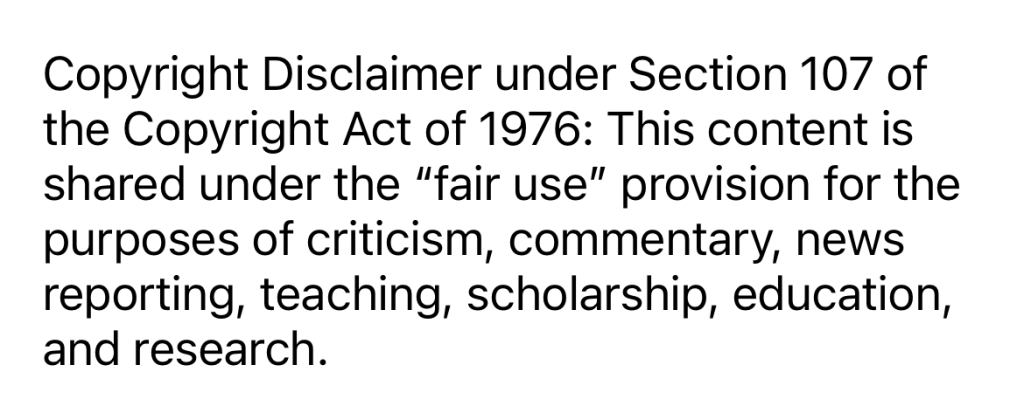
Recommended
Recommended: Fact-checking the Science of Reading, Rob Tierney and P David Pearson
Recommended: Fact-checking the Science of Reading, Rob Tierney and P David Pearson
Fact-checking the Science of Reading, Rob Tierney and P David Pearson
Rob Tierney and P David Pearson explore the validity of claims associated with the Science of Reading as they have appeared in social media, the popular press, and academic works.
The book offers a comprehensive review of these claims—analyzing the evidence, reasoning, assumptions, and consequences associated with each claim—and closes with ideas for moving beyond the debates to greater consensus or accommodation of differences. The book is a must read for educators involved in teaching reading, as well as parents, policy makers, and other stakeholders.
EVALUATING THE SETTLED CHARACTER OF KEY SOR CLAIMS
CLAIM 1
Explicit systematic phonics instruction is the key curricular component in teaching beginning reading
CLAIM 2
The Simple View of Reading provides an adequate theoretical account of skilled reading and its development over time
CLAIM 3
Reading is the ability to identify and understand words that are part of one’s oral language repertoire
CLAIM 4
Phonics facilitates the increasingly automatic identification of unfamiliar word
CLAIM 5
The Three-Cueing System (Orthography, Semantics, and Syntax) has been soundly discredited
CLAIM 6
Learning to read is an unnatural act
CLAIM 7
Balanced Literacy and/or Whole Language is responsible for the low or falling NAEP scores we have witnessed in the U.S. in the past decade
CLAIM 8
Evidence from neuroscience research substantiates the efficacy of focus on phonics-first instruction
CLAIM 9
Sociocultural dimensions of reading and literacy are not crucial to explain either reading expertise or its development
CLAIM 10
Teacher education programs are not preparing teachers in the Science of Reading

See Also
Schools are using research to try to improve children’s learning – but it’s not working, Sally Riordan
Big Lies of Education: International Test Rankings and Economic Competitiveness
“Human development is an important component of determining a nation’s productivity and is measured in employee skills identified by employers as critical for success in the modern global economy,” claims Thomas A. Hemphill, adding:
The United States is obviously not getting a sufficient return on investment in elementary and secondary education, as it has mediocre scores in mathematics literacy and declining scores for science literacy for 15-year-old students surveyed in 2022. The only significant improvement for 15-year-olds is in reading, where the United States finally entered the top 10 in 2022.
Commentary: We must improve students’ math, science skills to boost US competitiveness
Hemphill reaches an unsurprising conclusion:
If these educational trends continue, the United States will not have an adequate indigenous workforce of scientists, engineers and technologists equipped to maintain scientific and technological leadership and instead will become perpetually reliant on scientifically and technologically skilled immigrants. We must demand that elementary and secondary education systems reorient efforts to significantly improve mathematical and scientific teaching expectations in the classroom.
Commentary: We must improve students’ math, science skills to boost US competitiveness
However, for decades, evidence has shown that there is no causal link between international rankings of student test scores and national economic competitiveness.
This Big Lie is purely rhetorical and relies on throwing statistical comparisons at the public while drawing hasty and unsupported causal claims from those numbers.
If you really care about the claim, see Test Scores and Economic Growth by Gerald Bracey.
Bracey offers this from researchers on the relationship between international education rankings and economic competitiveness:
Such countries [highest achieving] “do not experience substantially greater economic growth than countries that are merely average in terms of achievement.”
The researchers then lay out an interpretation of their findings that differs from the causal interpretation one usually hears:
“We venture, here, the interpretation that much of the achievement ‘effect’ is not really causal in character. It may be, rather, that nation-states with strong prodevelopment policies, and with regimes powerful enough to enforce these, produce both more economic growth and more disciplined student-achievement levels in fields (e.g., science and mathematics) perceived to be especially development related. This idea would explain the status of the Asian Tigers whose regimes have been much focused on producing both economic growth and achievement-oriented students in math and science.”
Test Scores and Economic Growth
Bracey quotes further from that research:
“From our study, the main conclusion is that the relationship between achievement in science and mathematics in schoolchildren and national economic growth is both time and case sensitive. Moreover, the relationship largely reflects the gap between the bottom third of the nations and the rest; the middle of the pack does not much differ from the rest. . . . Much of the obsession with the achievement ‘horse race’ proceeds as if beating the Asian Tigers in mathematics and science education is necessary for the economic well-being of other developed countries. Our analysis offers little support for this obsession. . . .
“Achievement indicators do not capture the extent to which schooling promotes initiative, creativity, entrepreneurship, and other strengths not sufficiently curricularized to warrant cross-national data collection and analysis. Unfortunately, the policy discourse that often follows from international achievement races involves exaggerated causal claims frequently stress- ing educational ‘silver bullets’ for economic woes. Our analyses do not offer defini- tive answers, but they raise important ques- tions about the validity of these claims. In an era that celebrates evidence-based policy formation, it behooves us to carefully weigh the evidence, rather than use it simply as a rhetorical weapon.”
Test Scores and Economic Growth
A key point to note here is Bracey is writing in 2007, and the OpEd above is March 2024. The Big Lie about international education rankings and economic competitiveness is both a lie and a lie that will not die.
I strongly recommend Tom Loveless exposing a similar problem with misrepresenting and overstating the consequences of NAEP data: Literacy and NAEP Proficient.
Bracey offers a brief but better way to understand test data and economic competitiveness: “education is critical, but among the developed nations differences in test scores are trivial.”
Instead of another Big Lie, the US would be better served if we tried new and evidence-based (not ideological) ways to reform our schools and our social/economic structures.


